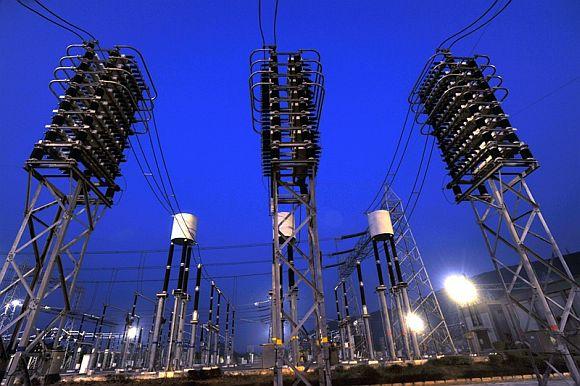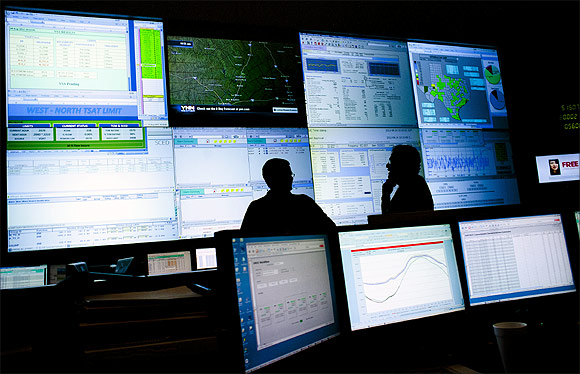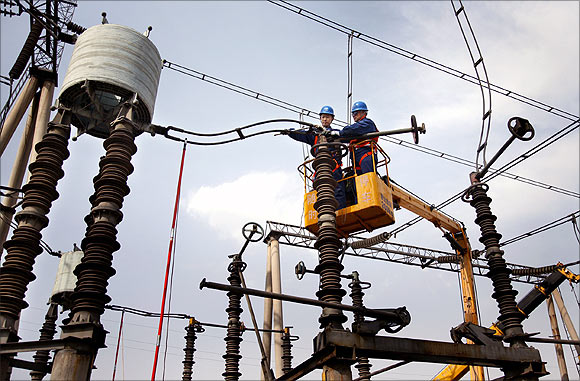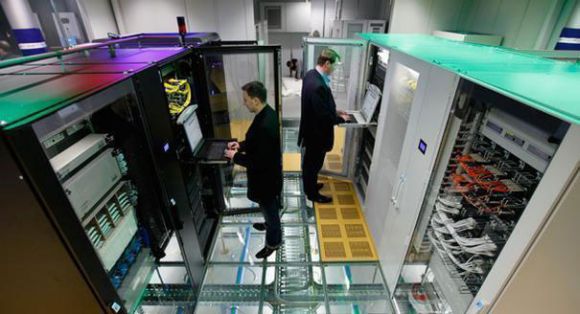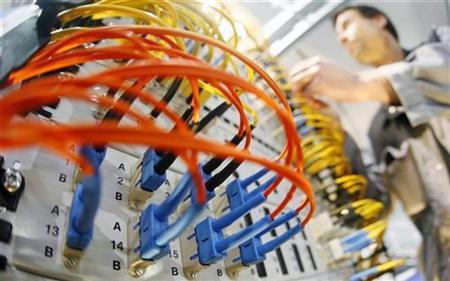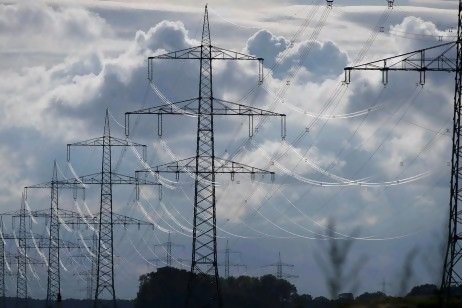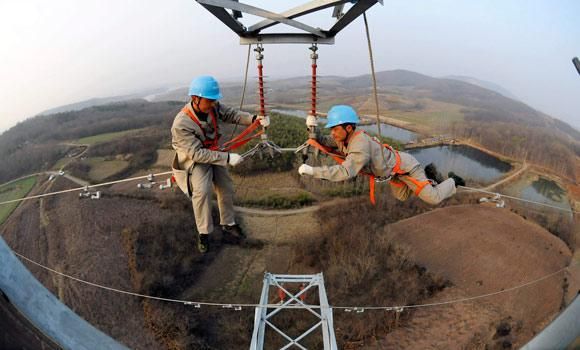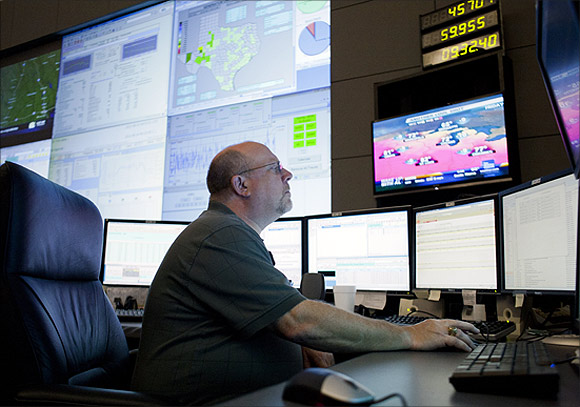 | « Back to article | Print this article |
10 tech trends that will drive energy companies
Energy companies were once conservative and slow moving. The sector was defined by jargons such as 'transmission', 'distribution', and 'grid'.
This is changing and the transformation is happening fast thanks to newer technologies making in-roads.
Experts in the sector will soon be talking about social media, location-aware technology, cloud computing and so on, instead of the usual jargons.
The research and advisory firm Gartner picks top 10 technology trends that would soon be a significant part of energy and utility sector.
Click NEXT to see the top 10 trends...
10 tech trends that will drive energy companies
Social Media and Web 2.0
Companies can use this technology to acquire customers and retain them. This can also be used to drive customer participation in energy efficiency programmes. Social media for outage communications is also rising in importance.
Click NEXT to read more...
10 tech trends that will drive energy companies
Big Data
The world is moving towards smart grids. These initiatives will witness stupendous growth in data driven by a host of edge devices and applications such as advanced metering infrastructure (AMI), synchrophasors, smart appliances, microgrids, advanced distribution management, remote asset monitoring, event avoidance and self-healing networks.
Click NEXT to read more...
10 tech trends that will drive energy companies
Mobile and Location-Aware Technology
This technology will help in lowering costs and improving the accuracy and effectiveness of the field force.
Click NEXT to read more...
10 tech trends that will drive energy companies
Cloud Computing and SaaS
Although utility and energy companies have not adopted this technology due to security and reliability concerns; some have started using it in big data analytics, demand response coordination, and geographic information system.
Some of the organisations using this technology include smaller municipal and cooperatives which do not have extensive infrastructure/budgets and investor-owned utilities.
Click NEXT to read more...
10 tech trends that will drive energy companies
Sensor Technology
Sensors are applied extensively throughout the entire supply, transmission and distribution domains of utilities.
Sensor fusion - the addition of onboard digital signal processing and associated software development capabilities - is accelerating potential applications.
Click NEXT to read more...
10 tech trends that will drive energy companies
In-Memory Computing
The ability of IMC to support high-scale, high-throughput and low-latency use cases will make it possible for IT organisations to implement innovative scenarios, such as those addressing processing of the smart-grid-generated metering and real-time sensor data.
Click NEXT to read more...
10 tech trends that will drive energy companies
IT and OT Convergence
Virtually all new technology projects in utilities will require a combination of information technology (IT) and operational technology (OT) investment and planning.
Click NEXT to read more...
10 tech trends that will drive energy companies
Advanced Metering Infrastructure
AMI constitutes a cornerstone of the smart grid by potentially providing a communication backbone for low-latency data.
It helps to improve distribution asset utilisation failure detection, and facilitate consumer inclusion in energy markets.
Click NEXT to read more...
10 tech trends that will drive energy companies
Communication Technology
The distributed nature of utility assets, combined with the need for more efficient asset management and labour use, makes mobility and supporting communication technologies high investment priority areas for utilities.
Click NEXT to read more...
10 tech trends that will drive energy companies
Predictive Analytics
Common applications of Predictive Analytics include understanding the future failure patterns of equipment, or the likely load from certain customer groups or regions.
By understanding likely future circumstances, organisations are better able to allocate investments to maximise returns.
